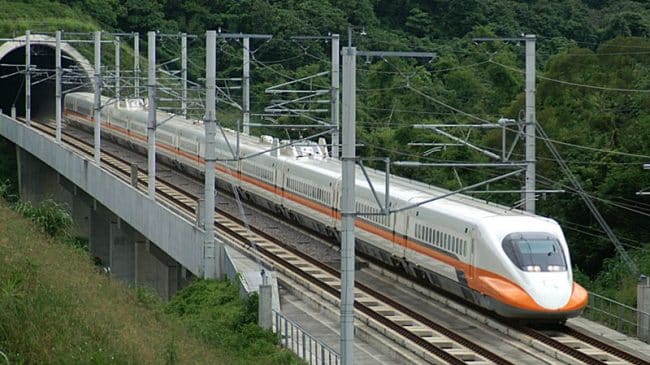This report studies the prospects for high-speed rail in the U.S., examining how well high-speed rail works in countries like France, Germany and Japan, and how this country differs from Europe and Asia in travel patterns, spatial structure, car ownership and other factors.
From a financial standpoint, things don’t look good. The majority of high-speed rail lines require large government subsidies from both general taxpayers and drivers. Even with generous subsidies, traveling by high-speed rail is still more expensive than flying for 12 of the 23 most popular high-speed rail routes in the world. The evidence suggests that high-speed rail can only be competitive on routes that are between 200 and 500 miles in length.
High-speed rail is also very expensive to build. Most new routes cost at least $10 million per mile to construct. And while operating costs vary, the cheapest European rail line costs more than $50,000 per seat to operate annually. This means that a U.S. high-speed rail line would need ridership of between 6 million and 9 million people per year to break even. Compare that to the high-speed Acela service, which despite operating in the busy Northeast Corridor averages only 3.4 million passengers per year.
Advocates cite other advantages in support of high-speed rail, but most of these fall apart under close examination:
- Environment: High-speed rail creates more pollution than it prevents because building a high-speed rail line is very energy-intensive.
- Economic Development: High-speed rail does not create much new development; it merely redirects development from one area to another.
- Safety: While high-speed rail is relatively safe, most potential rail passengers travel by an even safer mode-aviation. Thus high-speed rail is unlikely to increase transportation safety.
- Mobility: High-speed rail is also unlikely to improve mobility since most of its potential passengers already travel by air.
- Choice: There is some value in providing travelers a choice of mode. However, customers can already choose between a low-cost bus, a fast plane or a personalized car trip.
Finally, there are several factors that suggest high-speed rail’s limited success in Europe and Asia may not be transferrable to the U.S.:
- Most countries have built high-speed rail to relieve overcrowding on their existing lines. The U.S. lacks this overcrowding, which suggests consumer demand for high-speed rail may not be there. Furthermore, freight rail dominates track usage. Increasing passenger operations on these tracks would increase shipping costs and delays.
- Any U.S. rail operator will have to compete on the same terms that cause Amtrak to lose large amounts of money each year. Railways are subject to outdated labor laws that were enacted when railroads did not face competition. Operating a passenger railroad in the existing U.S. regulatory environment is not a profitable proposition.
- U.S. core cities, where people are most likely to board high-speed trains, are considerably less dense than European or Asian cities-this limits high-speed rail’s potential market. U.S. cities also tend to have substantially less developed transit systems-and riders who begin their journey by car are more likely to drive or fly to their final destination than riders who begin their journey by transit.
- The U.S. has far higher rates of car ownership than most other countries-gas taxes are lower, road tolls are less common, and many cities, especially in the South and West, have grown up around the automobile. This also serves to limit demand for high-speed rail travel.
As a result, high-speed rail is best regarded as a luxury this country cannot afford. For far less money, the U.S. could create a world-class highway and aviation system with first-rate bus and airplane service. Now is not the time to experiment with more expensive modes of transportation.
Note: In the initial version of this report, Tables 4 and 6 contained both metric and standard units. Some readers found the presentation confusing, so we have issued an updated version using standard units throughout.

